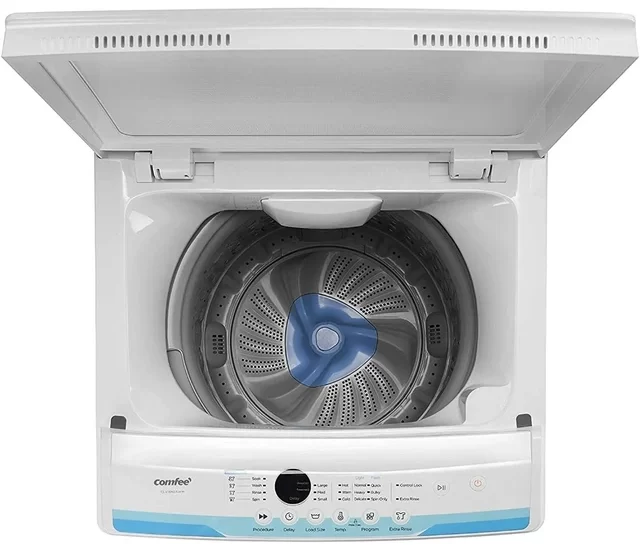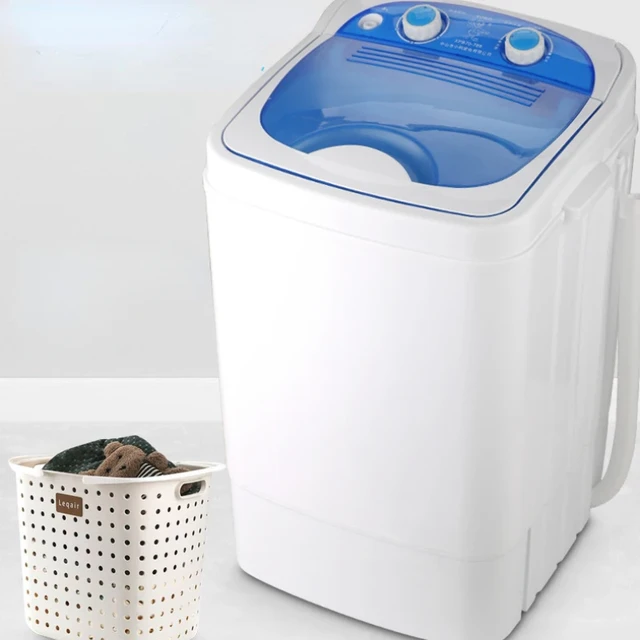 Introduction:
Introduction:
Discovering portable washing machine leaking from bottom can be concerning and may indicate a potential issue that needs immediate attention. Understanding the common causes of a washing machine leaking water from the bottom is crucial for identifying and resolving the problem effectively. In this comprehensive guide, we will explore the possible reasons behind a leaking washing machine, troubleshooting steps, and prevention methods.
Several types of washing machines:
There are several types of washing machines commonly available on the market. Here are some common types:
Top-Load Washer:
This type of washing machine has a vertical drum orientation and a door on the top of the machine. Clothes are loaded from the top, and the machine typically uses an agitator or impeller to move and clean the clothes. Top-load washers are generally more affordable and have a larger capacity compared to front-load washers.
Front-Load Washer:
Front-load washers have a horizontal drum orientation and a door on the front of the machine. Clothes are loaded from the front, and the machine uses a tumbling action to clean the clothes. Front-load washers are known for their energy efficiency, water-saving capabilities, and gentle yet effective cleaning performance.
High-Efficiency (HE) Washer:
High-efficiency washers can be either top-load or front-load models. They are designed to use less water and energy compared to traditional washers. HE washers typically have larger capacities, better water extraction, and shorter drying times.
Compact Washer:
Compact washers are smaller in size and are designed for use in tight spaces, such as apartments or small laundry areas. They can be either top-load or front-load models, offering similar features to full-sized washers but with a smaller capacity.
Top-Load Agitatorless Washer:
Some top-load washers are agitatorless, meaning they don’t have a center agitator that takes up space in the drum. These machines provide larger usable space and can accommodate bulkier items like comforters or blankets more easily.
Portable and Mini Washing Machines:
Portable and mini washing machines are smaller and lightweight, making them suitable for travel, camping, or small living spaces. They are often compact, top-load models that offer basic washing capabilities for light loads.
Smart Washing Machines:
Smart washing machines offer advanced features and connectivity to smart home systems. They can be controlled remotely via smartphones or voice commands, and often provide customizable wash cycles, energy-saving options, and intelligent load sensing.
The choice of washing machine type depends on factors such as available space, desired capacity, energy efficiency, convenience, and personal preferences. Understanding the different types and their features can help in selecting the most suitable washing machine for specific needs and requirements.
Common Causes of a Washing Machine Leaking Water from Bottom

Damaged or Worn Hoses:
The washer’s hoses, including the inlet and drain hoses, may become damaged, cracked, or worn over time, leading to water leakage.
Faulty Water Inlet Valve:
A malfunctioning or defective water inlet valve can cause water to leak from the bottom of the washing machine during different stages of the wash cycle.
Damaged Tub Seal or Gasket:
The tub seal or gasket, located between the outer tub and the transmission, can degrade or become damaged, resulting in water leakage.
Troubleshooting Steps for a Leaking Washing Machine
Inspect and Tighten Hoses:
Examine all hoses connected to the washing machine, including the water inlet and drain hoses, for signs of damage or looseness.
Tighten any loose connections and replace damaged hoses as necessary.
Check the Water Inlet Valve:
Inspect the water inlet valve for any signs of wear or damage.
Test the valve for proper functionality or consider replacing it if it is faulty or defective.
Examine the Tub Seal or Gasket:
Inspect the tub seal or gasket for signs of wear or damage, such as cracks or tears.
Replace the seal or gasket if it is compromised to prevent further water leakage.
Important Points To Consider
-
Safety Precautions:
a. Disconnect the power: Before attempting any inspection or repairs, it is crucial to disconnect the power supply to the washing machine. This will help prevent any electrical accidents during the process.
b. Turn off water supply: Shutting off the water supply to the washing machine is necessary to avoid any water flow or further leakage during the inspection and repair.
c. Create a safe working environment: Make sure the surrounding area is well-lit, clear of any obstacles, and properly organized to minimize the risk of accidents or injuries. -
Assess the Location of the Leakage:
a. Examine the bottom area: Check around the bottom of the washing machine to identify the exact location of the leak. It could be from the base or the area near the drainage system.
b. Inspect the drainage system: Carefully inspect the drainage hose and connections to determine if any loose fittings or clogs are causing the leakage. -
Potential Causes and Solutions:
a. Damaged hose: If a damaged hose is identified as the source of the leak, it may need to be replaced. Ensure the new hose is properly connected and secured.
b. Unstable valve: In cases where the valve is not secure or functioning correctly, it might be necessary to tighten or replace the valve to stop the leakage.
c. Incomplete enclosure: If the enclosure around the washing machine is not sealed properly, water might be escaping from gaps or openings. Adjustments or repairs to the enclosure may be needed. -
Seek Professional Assistance:
If the cause of the leakage is not immediately apparent or if the troubleshooting steps above do not resolve the issue, it is advisable to seek assistance from a professional technician. They have the expertise and specialized tools to diagnose and fix complex washing machine problems.
Preventive Measures to Avoid Washing Machine Leaks
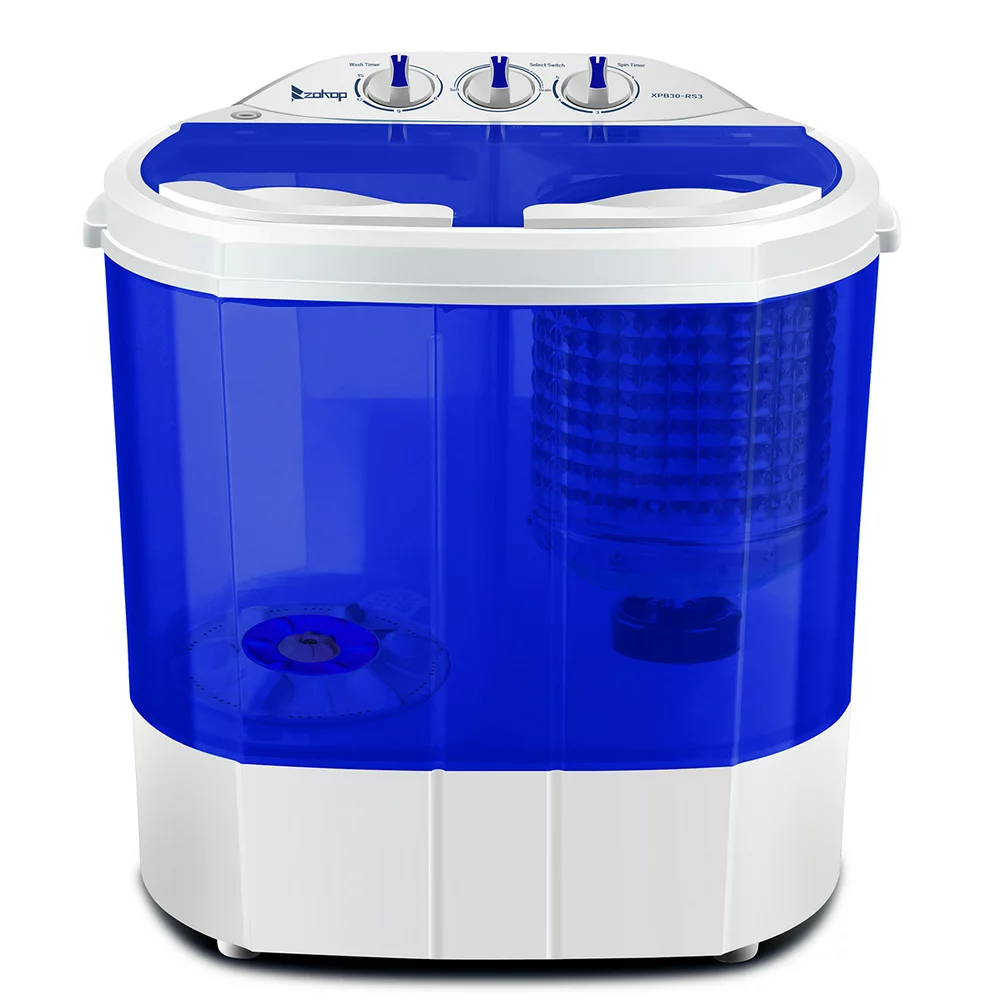
Regular Maintenance:
Conduct routine maintenance on your washing machine, including cleaning the tub, hoses, and filters.
Follow the manufacturer’s guidelines regarding maintenance procedures and intervals.
Avoid Overloading:
Do not overload the washing machine beyond its specified capacity, as this can put excessive strain on the components, leading to leaks.
Use the Appropriate Detergent:
Use the recommended amount of high-quality and suitable detergent for your specific washing machine.
Excessive suds can cause water leaks during the wash cycle.
When to Seek Professional Assistance
Persistent or Severe Leaks:
If the washing machine continues to leak water from the bottom after attempting the troubleshooting steps mentioned, it may require further professional inspection and repair.
Contact a qualified technician or the manufacturer’s customer service for guidance.
Complex Repairs or Component Replacements:
If the issue involves complex repairs or the need to replace major components, such as the tub seal or water inlet valve, it is advisable to seek professional assistance to ensure proper installation and functionality.
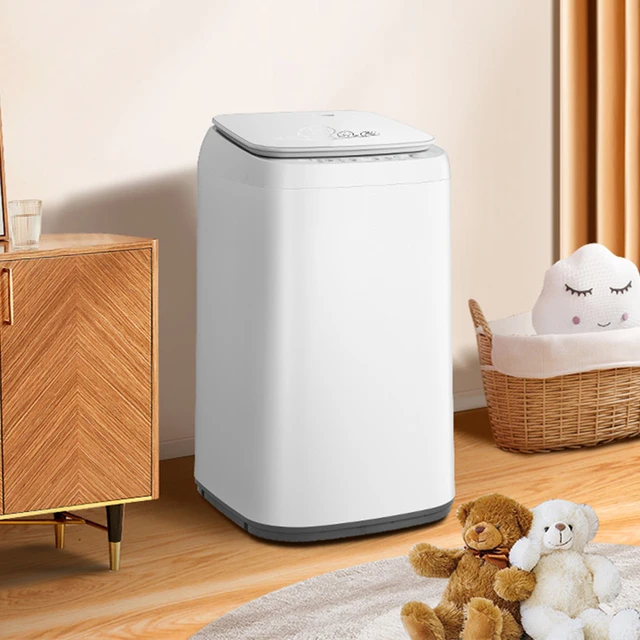 Some tips for daily maintenance and care:
Some tips for daily maintenance and care:
Clean the Drum: After each use, wipe the drum with a clean, damp cloth to remove any residue or lint. This helps prevent build-up and keeps the drum clean.
Leave the Door Open:
After each use, keep the door of the washing machine slightly open to allow the interior to dry out. This helps prevent the growth of mold and mildew.
Clean the Dispenser and Filter:
Regularly clean the detergent dispenser and the filter to prevent clogs and ensure proper water flow. Follow the manufacturer’s instructions for cleaning these components.
Inspect Hoses and Connections:
Periodically check the hoses and connections for any leaks, cracks, or damages. Replace any faulty or damaged parts immediately to avoid water leaks and potential damage.
Use the Recommended Detergent:
Use the appropriate type and amount of detergent recommended by the manufacturer. Using excessive detergent can lead to build-up and poor wash performance.
Balance the Load:
Properly distribute the clothes evenly in the drum to avoid excessive vibrations and strain on the machine. Overloading the machine can cause it to shake or malfunction.
Run Cleaning Cycles:
Periodically run cleaning cycles using hot water and a cleaning agent specifically designed for washing machines. This helps remove any buildup, odors, or bacteria from the drum.
Check for Unusual Noises or Movements:
Pay attention to any unusual noises, vibrations, or movements during the wash cycle. If you notice anything abnormal, investigate and, if necessary, call a professional technician to inspect and repair the machine.
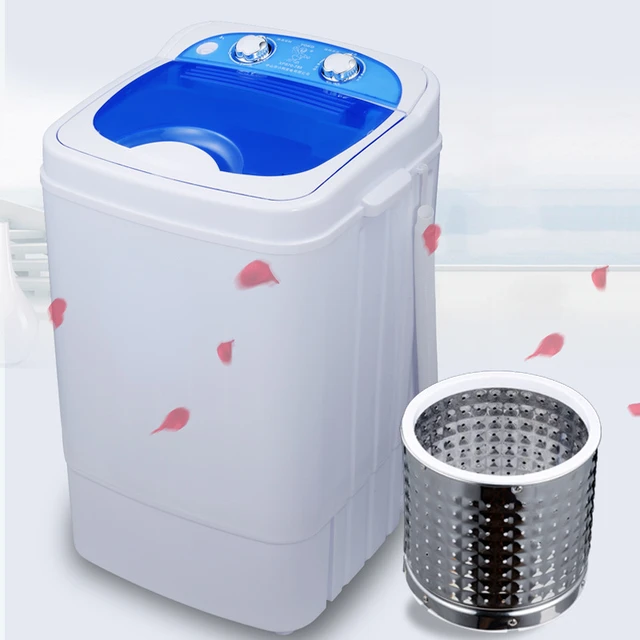 Conclusion:
Conclusion:
Identifying and resolving a washing machine leaking water from the bottom is crucial for the proper functioning and longevity of the appliance. By understanding the common causes, following the troubleshooting steps, you can confidently address the issue and prevent further damage. Regular maintenance, careful attention to hose connections and components, and avoiding overloading contribute to the prevention of leaks.

